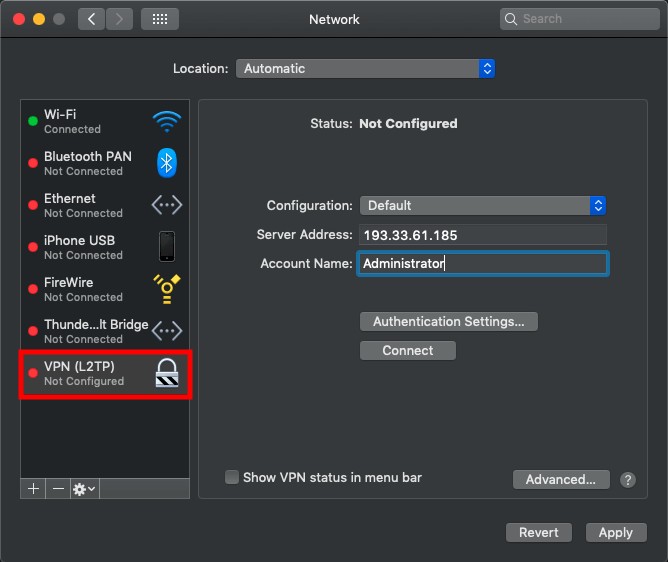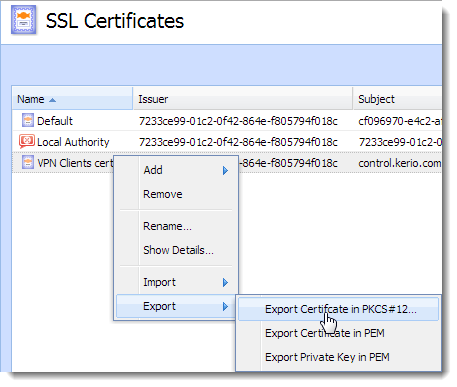

Without IPsec L2TP and IKEv2 would not actually be able to produce a secure tunnel for your data. The most important thing to get your head around is that IPsec is the part of the VPN protocol that provides the encryption and authentication (data privacy).

The benefit of IPsec is that encryption occurs within the kernel with multithreading which theoretically makes the protocol faster than OpenVPN. One drawback is that because L2TP/IPsec only uses a limited number of ports - the protocol can be fairly easy to block by ISPs, local network admins, and governments hostile to VPN use. IPsec is most commonly used by VPN apps in one of two varieties: This is because it ensures the entire packet is encrypted and authenticated including the header, which is also securely encapsulated in a data packet to protect its contents. VPN services stick to using the tunneling variety of the protocol. The above mentioned elements of IPsec can be set up in either transport or tunnel mode. IPsec itself is made up of three primary elements Encapsulating Security Payload (ESP), Authentication Header (AH), and Security Associations (SAs). It is a suite of encryption protocols that is commonly used by VPNs to securely transport data between two points. IPsec stands for Internet Protocol Security. It has handy guides for setting up L2TP/IPsec, but it's not support in apps.
IPSEC VPN CLIENT MAC PASSWORD
If you didn’t put your password in during setup, you will be prompted to enter it to continue. Now to connect the VPN, select the icon shown, and click your Cisco VPN, (in the picture I have two). Nearly every time you use DHCP, the firewall with either lease you an address from a ‘pool’ of VPN addresses, or broker the connection, and use your internal DHCP server. If they don’t know, tell them to run ‘more system:running-config’ on the firewall and give you the shared secret and ‘group-policy’/’tunnel-group’ name for this remote VPN > OK. Your firewall admin should give these to you. Here you need to supply the ‘shared secret’ for the VPN tunnel, and the Group Name.
IPSEC VPN CLIENT MAC UPDATE
It does support DDNS but means the server that leases you your public address is supposed to update your DNS for you, and unless you are your own ISP, and you host your own public DNS records, this wont work! The ASA DOES NOT support DNS updates to online services like DynDNS or No-IP etc.

*For DNS you will need a static public IP, and a registered domain name. Server address is the public IP, (or name if you have DNS setup*) of your Cisco Firewall > Enter your VPN username > I don’t put in the password, so I will have to type in in manually > Click Authentication Settings.


 0 kommentar(er)
0 kommentar(er)
